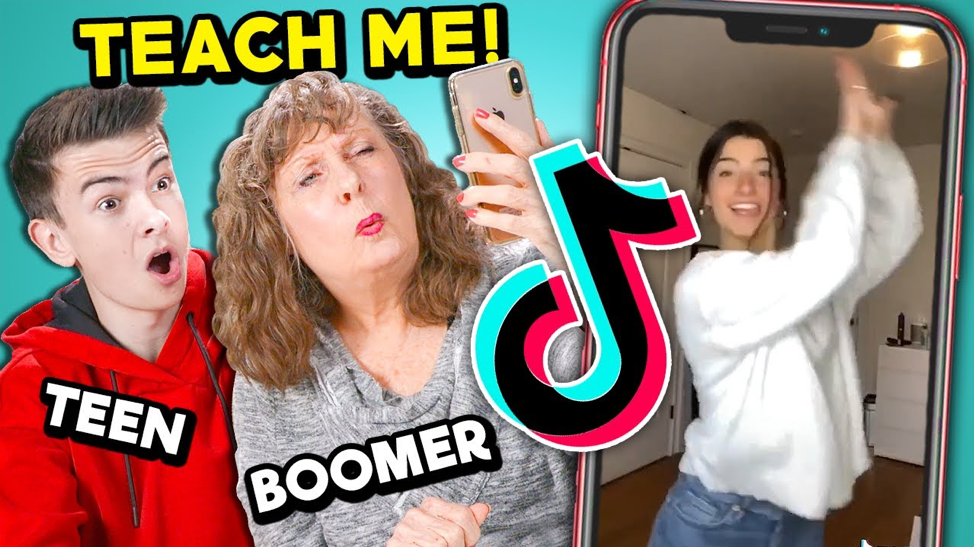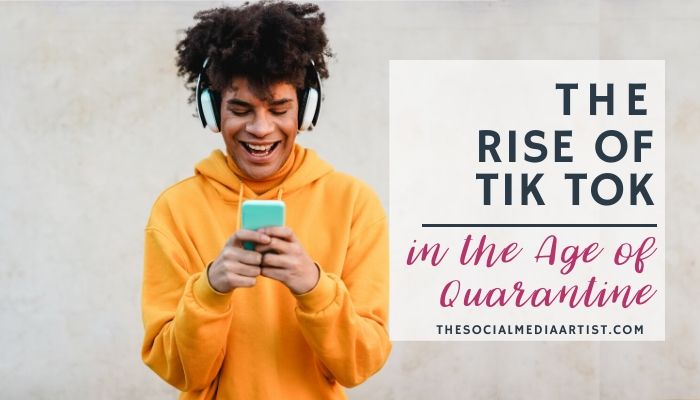Largely touted as the social media tool of choice for Gen-Zs, Tik Tok is an app that has widely gained traction in wake of the pandemic. Founded in 2018, it follows the merger of two social apps, Douyin and Muiscal.ly. Douyin was developed in 2016 within an incredibly short timeframe of 200 days with more than 1 billion videos being viewed per day. At the same time, Muscial.ly also continued to grow, most of its development coming from licensing deals with major music companies such as Warner Music Group. This paved the way for its users to upload short clips featuring copyright material without any legal concerns. Both platforms were providing user-generated content albeit with different aspects incorporated almost in parallel. Therefore, it came as a no brainer when both entities decided to merge in 2018. Both companies combined their userbases of largely teens and tweens, all of whom had the opportunity to utilize this platform to create videos featuring copyright content.
No stranger to growing pains, the relatively new app featured major controversies along its road to success. Back in 2019, Tik Tok was accused of censoring pro-Hong Kong protest videos, and banning LGBTQ content. It was even investigated by the Foreign Investment Committee in the U.S., which investigated whether the app posed a threat to its citizens.

Despite being faced with harsh skepticism in the last couple of years, the app has managed to continue growing, with popular accounts from likes of many celebrities such as Jennifer Lopez, Marshmellow, and Jason Derulo. Whether it be rehearsing a new dance challenge or creating lip-sync videos, it’s become a notable recognized pass time and continues to grow in its user base. This is especially true during the time of lockdown. It has grown in record numbers, surpassing 200 million downloads for its first quarter of 2020. Given the reliance on mobile devices during these challenging times, it comes as no surprise that content creation would also fall into the mix. It has largely expanded its userbase to include Millennials, Gen X and even Boomers, who are at the forefront of all the social media action. This is slated to continue far into 2020, perhaps capturing a market share it would have otherwise been missed out on.

There are a few key differentiators that make this social media platform stand out from the rest. Firstly, the editing process is crystal clear. Unlike other software or even social platforms whereby, video editing isn’t the most affordable or the learning curve is steep. Tik Tok completely removed these barriers, allowing users to edit videos with ease. Secondly, the largest differentiator is the closely monitored algorithm that allows it to produce a dashboard that features the latest content that has been uploaded to the platform irrespective of who the user follows. This means that a user does not have to have hundreds or even thousands of follows to go viral. This key differentiator is what provides this app an edge
The largest differentiator is the closely monitored algorithm that allows it to produce a dashboard that features the latest content that has been uploaded to the platform irrespective of who the user follows.
Despite the challenging environment, Tik Tok has seen incredible gains in the past few months. Its social media footprint continues to grow, and potentially morph into a social media giant – something very few in the industry may have predicted. Will Tik Tok continue to reach audiences beyond Gen Z after the pandemic is over? How will advertisers fit into the picture and will allowing sponsored content change the nature of the platform? Only time will tell, for now, we see huge potential.
Guest blog by Gia Gill. Gia is an experienced marketing communications professional based in Toronto.


Super interesting!!
Thanks for the read Harleen!